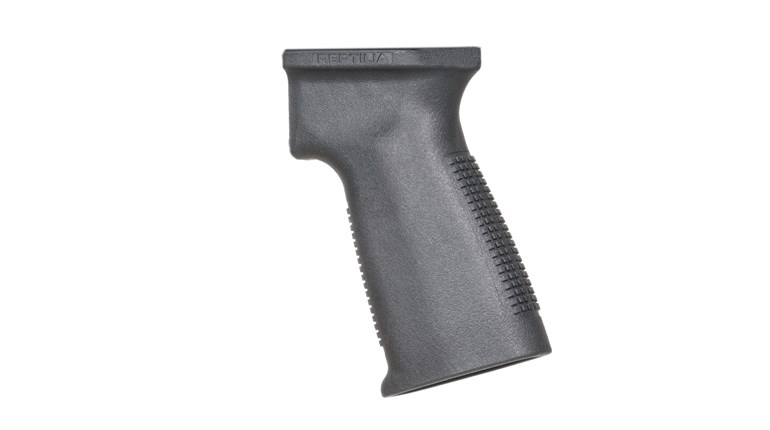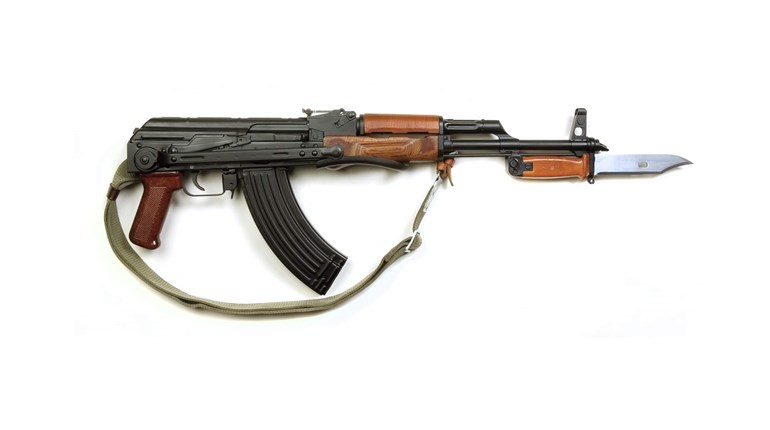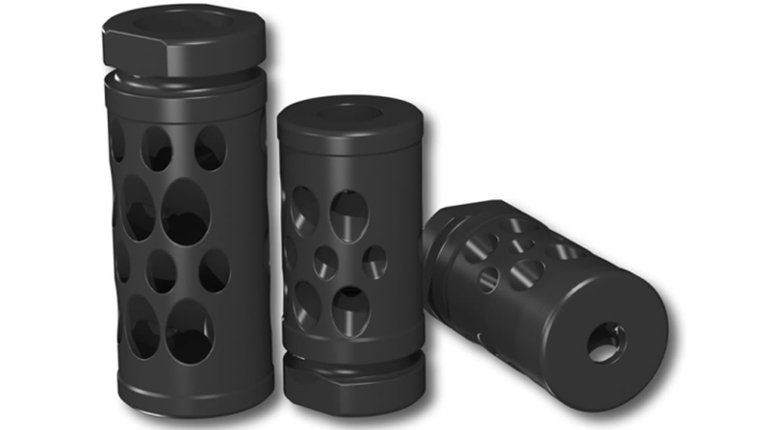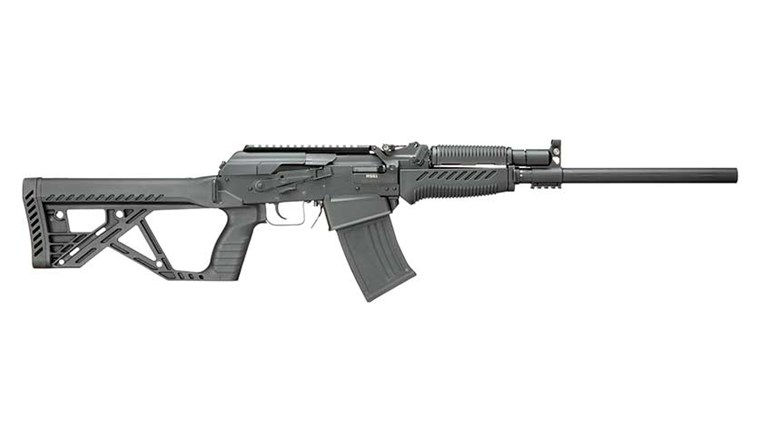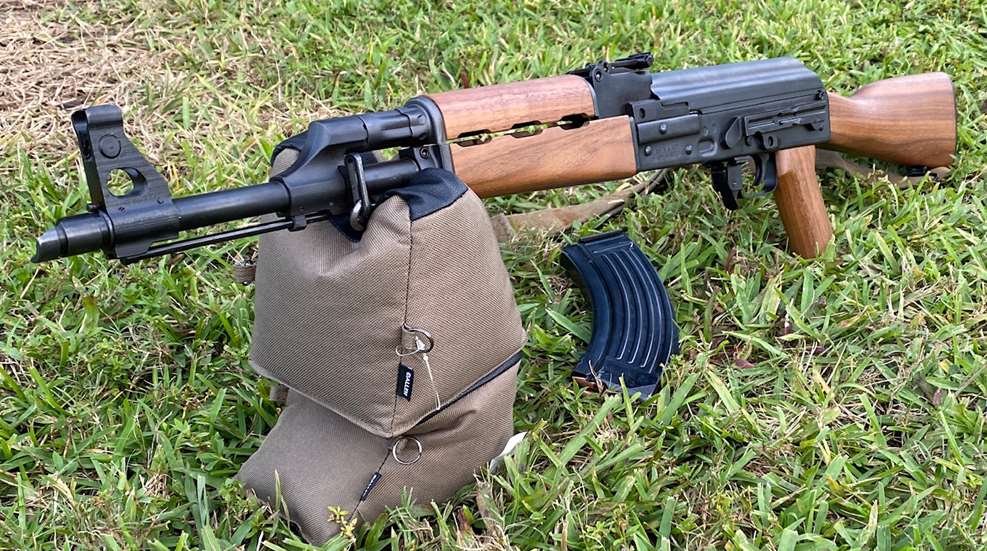
To better understand exactly what the ZPAP M70 is, we need a little discussion about the history of Zastava Arms. Zastava Arms was established in 1853 in Yugoslavia (modern day Serbia) and has been producing arms of all types ever since. From cannons to rifles and pistols, Zastava is a versatile manufacturer of weapons rooted in military production.
Per request of the Yugoslavian Military in the late 1950’s, Zastava set out to produce an enhanced version of the popular Kalashnikov style of rifles. Because the military wanted a barrel-mounted grenade launcher, key aspects of the rifle were reinforced to add even more strength and durability to an already rugged rifle. A “leaf-style” grenade sight was added to the front gas block, doubling as a gas shut-off lever for safely launching grenades. The top cover was equipped with an extra locking mechanism in the form of a button on the side of the receiver. The receiver itself was formed with 1.5mm sheet steel instead of the usual 1.0mm found on other AK pattern rifles and a “bulged” front-trunnion was added. A bolt-hold-open feature was also important to the military for ease of maintenance. For this they used a notched safety-selector which was capable of capturing the charging handle in the rearward position and a magazine follower that held the bolt back after the last round. These features were trialed and put into production in the late 1960s, and thus the M70 was born. It wasn’t until 1970 that the M70 was officially adopted by the armed forces. The M70 is now used by various militaries all over the world because of its proven design.
From M70 to PAP
The “PAP” versions of these rifles are semi-automatic variants of the M70 made for export to the United States. Following the 922R standards for the importation of these types of weapons to the US, slight modifications had to be made before they could be sold stateside.
The first of these rifles were the PAP, the NPAP, and the OPAP. To keep things brief, the PAP was Gen1, the NPAP was Gen2, and the OPAP was Gen3, all chambered in 7.62x39mm. Slight modifications and improvements were made through these generations to compete with other manufacturers and to offer a better product to the US consumer. Multiple variants of each of the generations were offered, such as folding or non-folding stocks, pistol grips, polymer or wood furniture etc. Zastava went through its teething issues with these early PAP rifles. Most of the issues were due to modifications done by the importers to modify the rifles once they arrived to the US. Because these problems were causing reliability issues and concerns, Zastava decided to become its own importer through the creation of Zastava USA in 2019. Through Zastava USA, the ZPAP M70 (Gen4) was born and the major technical problems with their rifles were solved. By becoming their own importer, Zastava controls every aspect of the manufacturing and final alterations of their rifles. This gives Zastava full autonomy over the entire manufacturing and QC process from Serbia to our hands here in America. Other improvements were also made, with the most notable being the upgrade to a chrome-lined barrel. Now Zastava has garnered a reputation one of the best imported “AK pattern” rifles available to Americans today. Many Zastava rifles are now commercially available across the globe in multiple calibers, classes, and configurations. Here we are focusing on the flagship 7.62x39mm ZPAP M70 rifle.
ZPAP M70: The Review
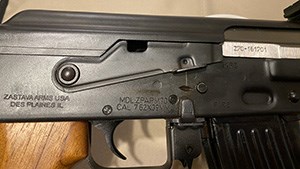 The specific configuration I received for review is a walnut wood, fixed-stock furnished ZPAP M70 chambered in 7.62x39mm. Although the rifle is a standard M70, there isn’t much standard about it. As we discussed earlier, the rifle is fitted with a 1.5mm thick receiver, a bulged front trunnion, and fitted with an optic mount on the left side of the receiver. The gun also has the notched safety-selector to hold the bolt open and comes with a magazine which does the same. Stock from the factory in its basic form, it already has a leg-up on the competition.
The specific configuration I received for review is a walnut wood, fixed-stock furnished ZPAP M70 chambered in 7.62x39mm. Although the rifle is a standard M70, there isn’t much standard about it. As we discussed earlier, the rifle is fitted with a 1.5mm thick receiver, a bulged front trunnion, and fitted with an optic mount on the left side of the receiver. The gun also has the notched safety-selector to hold the bolt open and comes with a magazine which does the same. Stock from the factory in its basic form, it already has a leg-up on the competition.
The fit and finish from the factory is excellent and I was assured from Zastava that I received a rifle directly off the assembly line, and here are some of my initial impressions. The M70 arrived in a foam-padded cardboard box branded ZASTAVA ARMS USA. The rifle itself comes inside a thick plastic sleeve and is noticeably coated in a factory assembly grease. There may be some loose metal shavings on and in the rifle itself, so I suggest doing a thorough cleaning and inspection before handling or shooting. The bolt and piston are “in the white” and run very smoothly inside the receiver. The receiver finish is blued steel and is excellent throughout. The safety-selector is a bit stiff to actuate but will eventually break in nicely. Everything on the rifle looks straight and in alignment with the iron sights. The rivets are all tight. The walnut wood is smooth with beautiful graining throughout and not overly lacquered or finished. Ok, let’s get into the specs and how this M70 performed at the range.
ACCURACY & VELOCITY
(Velocity was measured using a “Pro-Chrono” Chronograph from 10 feet away. Ambient temperature was 78 degrees Fahrenheit)
Barnaul 123 Grain Steel Cased
Average Group: 2.86 inches
Smallest Group: 1.82 inches
Average Velocity: 2,411 fps
Wolf 122 Grain Steel Cased
Average Group: 2.48 inches
Smallest Group: 2.24 inches
Average Velocity: 2,401 fps
Sterling 123 Grain Steel Cased
Average Group: 2.46 inches
Smallest Group: 1.51 inches
Average Velocity: 2,258 fps
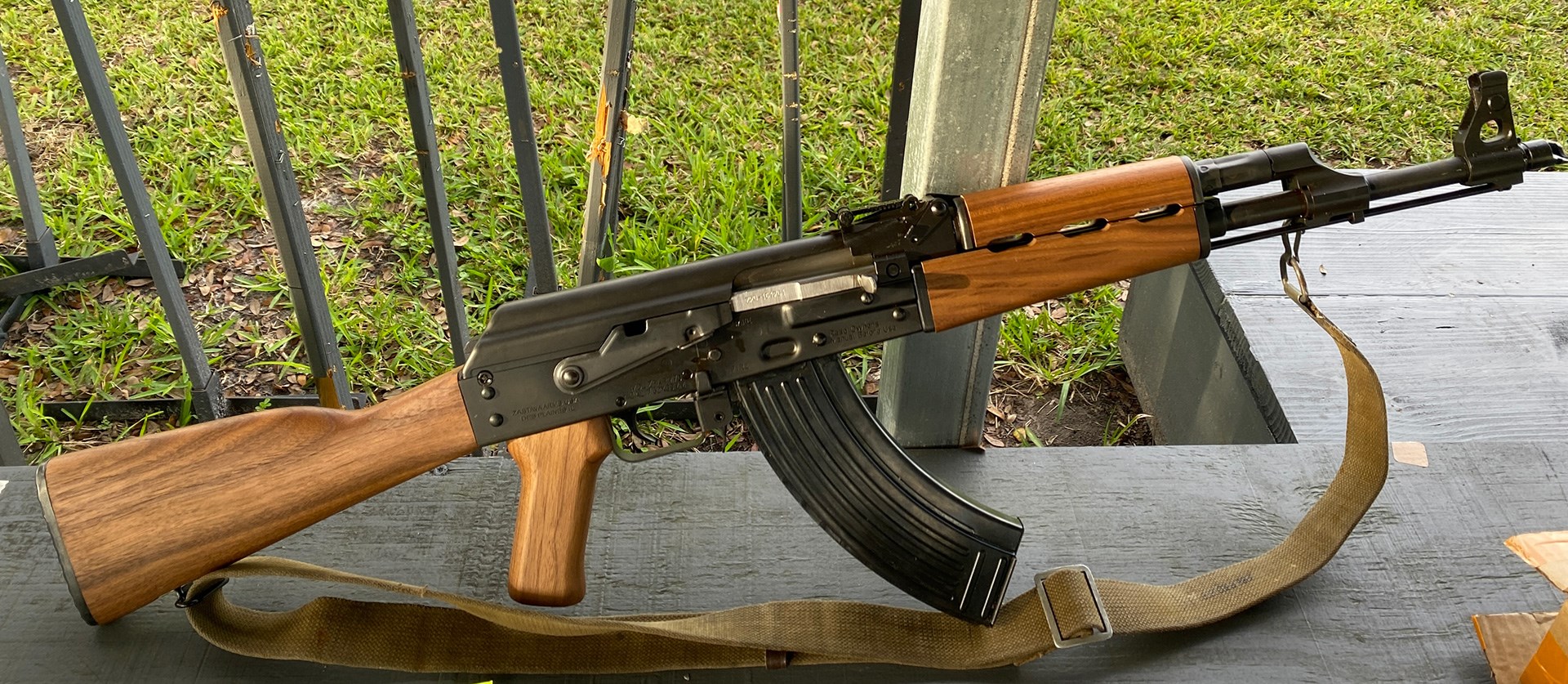
This rifle shot impressively well. I was able to achieve groups as tight as 1.5 inches at 100 yards using only the factory sighted iron sights. I made no adjustments to the sights because it was not necessary. While shooting the M70 for leisure and for testing I was continuously surprised with the accuracy I was able to achieve with basic ball ammunition. I believe with an optic and match grade ammo, this is a sub-MOA rifle all day long.
The recoil of the M70 is indeed stout but the action is smooth, tight and predictable. Using several different magazines, I experienced no malfunctions of any kind throughout all of my testing and evaluation. Serbian, Croatian, and Romanian magazines (polymer and steel) all fit and functioned flawlessly. The ejection of spent casings was also consistent and powerful, launching my shells at least 15 to 20 feet away.
Overall, for under $1,000, I personally believe there is no better option on the import market today than the ZPAP M70. Out of the box you get a rifle that is built to last, reliable, accurate and beautiful. Unfortunately, 7.62x39mm isn’t as cheap as it used to be, but it is still readily available. Naysayers of the AK will always claim that these rifles are inherently inaccurate. In my experience with the ZPAP if you are using decent ammunition and solid fundamentals, you will have no issues in the accuracy department.
There are, however, some things to consider when deciding on a Yugo pattern rifle as opposed to a classic AKM pattern. When choosing accessories, be sure to choose those specifically made for Yugo style rifles. The furniture attaches or is made differently and will likely not fit if you’re not diligent. The receiver mounted optic accessory rail is a different design as well. AKM mounts will not fit on a ZPAP. Zastava themselves makes one specifically for their rifles, along with other manufacturers such as Midwest Industries, UTG and AK Master. Fear not, the aftermarket for Yugos is growing right alongside the popularity of the M70.
I kept my M70 pretty much stock for this review, minus the Russian surplus sling. I will likely be making some upgrades that I thought I’d share with you. I will be purchasing an optic mount so I can attach a low-profile red-dot sight. The gun is accurate already so I’m excited to see how much more I can get out of it. After shooting over 100 rounds in a row my shoulder was pretty beat up. For this, I will add an extra rubber buttpad to the stock and try to find a muzzle brake to tone down the recoil impulse. I thought about possibly upgrading the trigger but after the groups I shot and the trigger weights I measured, it’s really not necessary. The stock trigger is good. While there is no definitive wall that could classify it as a 2-stage trigger, once you get the feel of it, you’ll know exactly when to expect that shot to break. I can only assume this trigger, and the rifle as a whole, gets better the more it gets used. If Zastava USA continues to churn out rifles of this quality, we’re excited to see what they have to offer American consumers in the future.
Zastava ZPAP M70 Specifications
Manufacturer: Zastava Arms
Importer: Zastava Arms USA
Type: Semi-automatic rifle, long-stroke gas piston operated
Caliber: 7.62x39mm
Magazine Capacity: 30 rounds
Receiver: 1.5mm Blued stamped steel
Barrel Length: 16.3 inches
Rifling: 1:9.5-inch twist
Stock: Walnut
Sights: 1,000 Yard AK style rear leaf / Adjustable front post
Trigger pull weight: 3 pound 4 ounces
Length: 36.5 inches
Weight: 8 pounds
MSRP: $992.99












